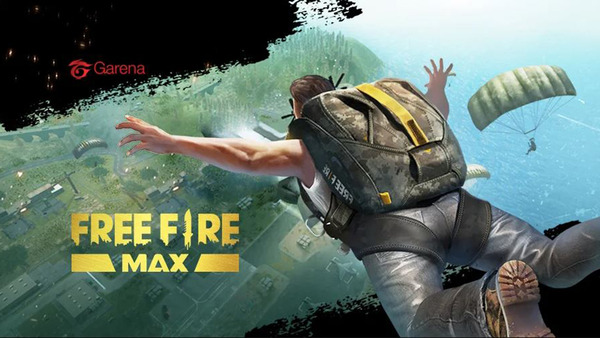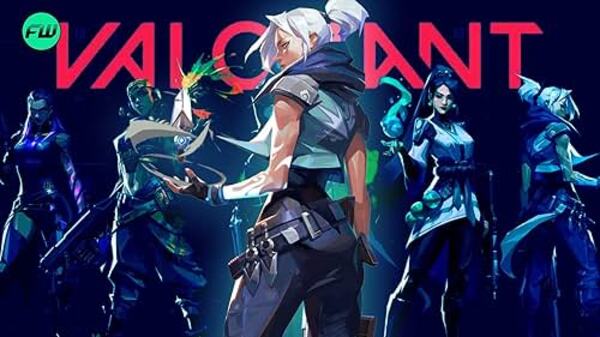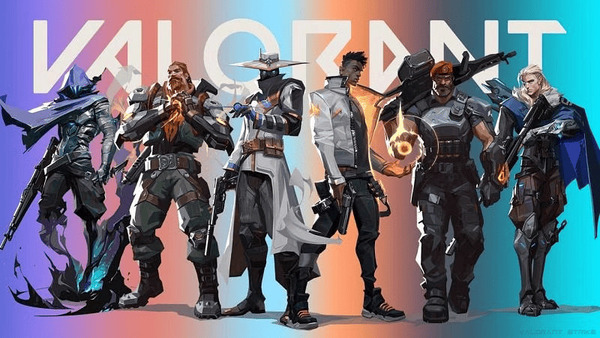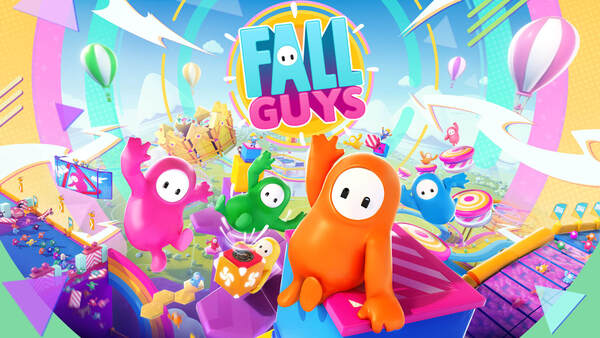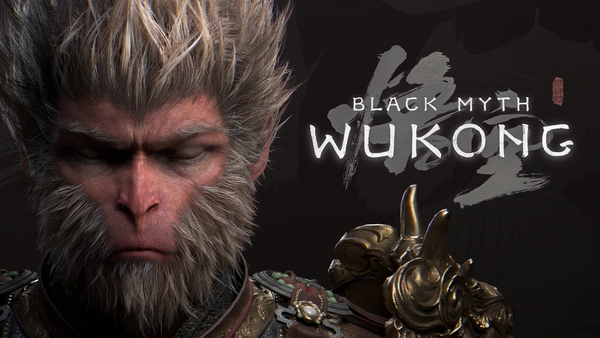Introduction: Two Decades of War, Innovation, and Entertainment
Since its debut in 2003, Call of Duty has become one of the most iconic names in gaming history. From gritty World War II realism to futuristic warfare and massive battle royales, the franchise has reinvented itself multiple times while retaining its core identity: fast-paced, cinematic first-person shooting. With yearly releases, millions of players worldwide, and a firm foothold in both casual and competitive scenes, Call of Duty (CoD) remains a dominant force in the FPS genre.
In this in-depth review, we explore the evolution, gameplay styles, innovations, and impact of Call of Duty, assessing whether the series still stands tall in 2025—and what makes it a gaming juggernaut across platforms.
1. The Beginning: Classic WWII Roots
The original Call of Duty (2003) was a cinematic leap in war shooters, offering players an immersive take on World War II through multiple perspectives—American, British, and Soviet campaigns.
Foundation of the Franchise
-
Inspired by titles like Medal of Honor, but with more intense AI and scripted moments.
-
Showcased squad-based mechanics, emphasizing battlefield immersion.
-
Developed by Infinity Ward, setting a high bar for future shooters.
The Golden Era Begins
The success led to sequels like:
-
Call of Duty 2 (2005): Iconic D-Day missions.
-
Call of Duty 3 (2006): Introduced console-focused gameplay. These early entries laid the foundation for cinematic storytelling in military games.
2. Modern Warfare Revolution: The 2007 Turning Point
Call of Duty 4: Modern Warfare (2007) wasn’t just a shift in setting—it was a revolution in multiplayer FPS design.
Key Innovations
-
Introduced perks, killstreaks, and custom loadouts.
-
Fast-paced, addictive multiplayer that became an industry standard.
-
Set in modern-day conflicts with Captain Price, Soap, and Gaz.
Impact on the Industry
-
Raised expectations for online multiplayer.
-
Influenced titles like Battlefield, Apex Legends, and Halo Reach.
-
Cemented CoD as the gold standard of console multiplayer shooters.
3. Expanding the Universe: Black Ops and Storytelling Depth
Launched in 2010, Call of Duty: Black Ops introduced Cold War-era psychological warfare, experimental tech, and a deeper narrative.
Black Ops Series Features
-
Iconic characters like Alex Mason, Frank Woods, and Jason Hudson.
-
Conspiracy-driven plots and mind-bending missions.
-
Introduced Zombies mode—a fan-favorite co-op experience.
Legacy of the Subseries
The Black Ops timeline is often considered the most ambitious in CoD lore, spawning multiple sequels and experimenting with non-linear storytelling, flashbacks, and dual timelines.
4. Multiplayer: The Core of the CoD Experience
From the start, multiplayer has been CoD's beating heart. With every new release, weapon balancing, map designs, and movement mechanics are re-evaluated.
Multiplayer Highlights
-
TDM, Domination, Search & Destroy, Ground War.
-
Weapon customization via Gunsmith (introduced in Modern Warfare 2019).
-
Ranked modes and esports integrations (Call of Duty League).
Evolving Systems
-
Slide canceling, mantling, and tactical sprint modernized movement.
-
Seasonal content with battle passes, operators, and limited-time modes.
5. Warzone and the Battle Royale Era
In 2020, CoD entered the battle royale market with Warzone, offering a free-to-play experience integrated with the mainline games.
Warzone Mechanics
-
Up to 150-player lobbies.
-
Unique respawn mechanic via the Gulag.
-
Cross-progression with Modern Warfare, Black Ops Cold War, Vanguard, and MWII.
Warzone Evolution
-
Warzone 2.0 introduced Al Mazrah, DMZ extraction mode, proximity chat.
-
Continues to innovate with frequent updates, weapon rotations, and meta shifts.
6. Campaigns and Cinematic Storytelling
CoD campaigns have become blockbuster experiences—short, explosive, and full of spectacle. Though often criticized for predictability, they still attract players year after year.
Notable Campaign Moments
-
MW2 (2009): "No Russian" mission.
-
BO2 (2012): Branching paths and multiple endings.
-
MWII (2022): High-fidelity visuals, stealth ops, and callback missions.
Storytelling Strengths
-
Stellar voice acting and facial animations.
-
Geopolitical narratives with fictional twists.
-
Campaigns often serve as tutorials for broader gameplay mechanics.
7. Zombies Mode: The Cult Classic
Introduced in World at War (2008), Zombies mode became a core pillar for many fans.
Core Gameplay Loop
-
1–4 players survive endless waves of zombies.
-
Unlock doors, buy perks, craft weapons, and solve easter eggs.
-
Increasingly lore-heavy, with maps like Der Riese, Origins, and Firebase Z.
Variations Over Time
-
BO3 and BO4: Introduced specialists and alternate story arcs.
-
Cold War Zombies: Streamlined systems for accessibility.
-
Modern Zombies (MWIII): Now features open-world PvE in Urzikstan.
8. Graphics, Audio, and Performance
From motion-capture animations to cinematic soundtracks, CoD continues to push technical boundaries.
Visual Fidelity
-
Modern Warfare (2019) ushered in photorealism with IW 8.0 engine.
-
Ray tracing, high-res textures, and cinematic depth-of-field available on PC and current-gen consoles.
Audio and Effects
-
Gun sounds are visceral and diverse per weapon.
-
Positional audio used for tactical advantage.
-
Immersive campaign scores and intense menu music add emotional weight.
9. Monetization and Live Service Model
Call of Duty adopted a full live-service model, ditching loot boxes for battle passes, cosmetic bundles, and crossover events.
Monetization Methods:
-
Battle Passes with 100 tiers of content.
-
Operators from licensed IPs (e.g., Snoop Dogg, Nicki Minaj, Lara Croft).
-
Weapon skins, tracers, and finishing moves.
Community Reception
-
Mixed reactions: praise for transparency but concern over FOMO and grind.
-
Seasonal models keep the game alive but can create content fatigue.



















